Table of Contents[Hide][Show]
- Nutrivore Score for Emu, Fan Fillet – 733
- Emu, Fan Fillet Nutrition Facts
- Emu Nutrition Varies With Cooking and Processing
- Poultry Nutrition Varies With Type
Health Benefits of Emu Nutrients+−
- Emu, Fan Fillet Provides 278% DV Vitamin B12 (Cobalamin)
- Emu, Fan Fillet Provides 59% DV Selenium
- Emu, Fan Fillet Provides 54% DV Vitamin B5 (Pantothenic Acid)
- Emu, Fan Fillet Provides 46% DV Vitamin B3 (Niacin)
- Emu, Fan Fillet Provides 22.5 g of Protein
- Emu, Fan Fillet Provides 2.5 mg of CoQ10
- Emu, Fan Fillet Provides 169.6 mg of Taurine
- Emu, Fan Fillet Provides 37% DV Vitamin B6 (Pyridoxine)
- Emu, Fan Fillet Provides 35% DV Vitamin B2 (Riboflavin)
- Emu, Fan Fillet Provides 32% DV Zinc
- Emu, Fan Fillet Provides 25% DV Iron
- Emu, Fan Fillet Provides 23% DV Copper
- Emu, Fan Fillet Provides 22% DV Vitamin B1 (Thiamin)
- How Much Emu Should We Eat Per Day?
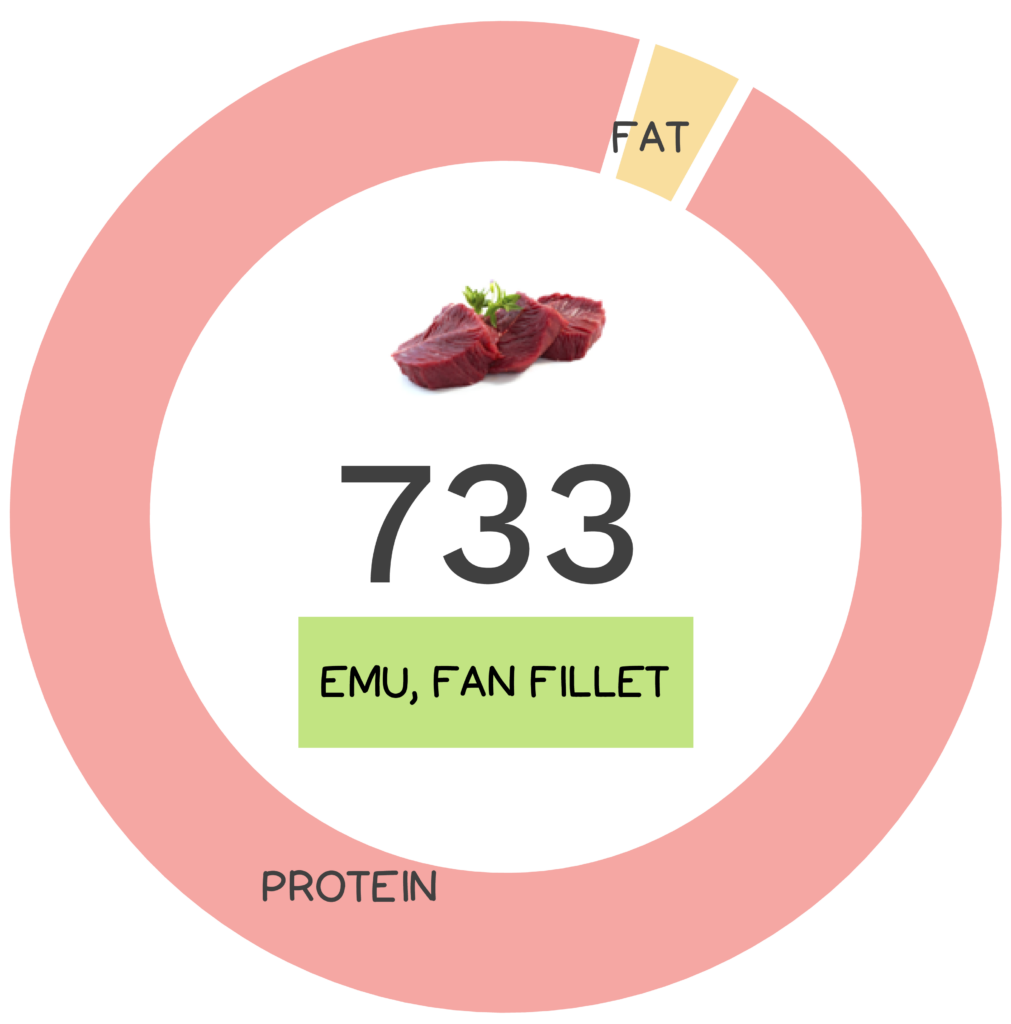
When it comes to poultry, most of us automatically think of chicken first, though other options that might come to mind likely include turkey, goose, and duck, but other than that, our possibilities seem limited. Emu isn’t likely even on our radar at all so it may surprise you to find out that it is actually the most nutrient-dense option among the bunch. It’s definitely one bird to watch out for!
Emu is the most nutrient-dense poultry option!
In general, poultry refers to domesticated fowl, with options like turkey and chicken having a prominent place on the mainstream menu. Most other poultry options including dove, duck, goose, grouse, partridge, pheasant, pigeon, and quail fall by the wayside even if most of us are familiar with them as food. Emu, on the other hand, is relatively unknown on our dinner plates, though it is famous as an icon of Australia, where it hails from. This bird, also known as Dromaius novaehollandiae, is the second-largest living bird by height, after its cousin, the ostrich. Emus are massive, grey-brown feathered, quick-running, three-toed, flightless birds reaching heights of 6.2 ft (1.9 m) and weighing between 40 and 132 lbs (18 and 60 kg), which have been around for roughly 80 million years.
Emu is the second-largest living bird by height, after it’s cousin, the ostrich.
Historically, emus and their eggs were an important source of food for early European settlers and Aboriginal Australians who used a variety of techniques to capture them, including imitating their calls and contaminating their watering holes with poisonous plants in order to disorient them so they were easier to catch. Much like the buffalo and Indigenous peoples of North America, emu was only killed out of necessity and every part of the carcass was used (meat as food, fat for medicine or oil, bones for tools, tendons for string, and feathers for body decoration). Today, wild emu are protected by legislation but this bird is commercially farmed in Australia and abroad on a large scale in North America and China, for its meat, oil, feathers and leather. These birds do well in captivity, living in large open pens, grazing and feeding on grain, before slaughter at 15 to 18 months where 95% of their carcass is used. Emu are prized for their low-fat meat which is similar in taste and texture to lean beef. In addition, their leather is popular for its distinctive patterned surface, while emu oil products are used medicinally and in cosmetics. Unfortunately, emu farming in the US is on the decline, partly because a single emu only provides 30 pounds of meat (as compared to 550 pounds from a single cow) but mostly because American consumers haven’t yet embraced it and are in fact apprehensive to give it a try, perhaps considering it “fowl”. Although this bird isn’t popular at the moment, including its meat in products like sausage and jerky may be the key to helping emu “take flight” in the future! (Hyuck – see what I did there?)
Nutrivore Score for Emu, Fan Fillet – 733
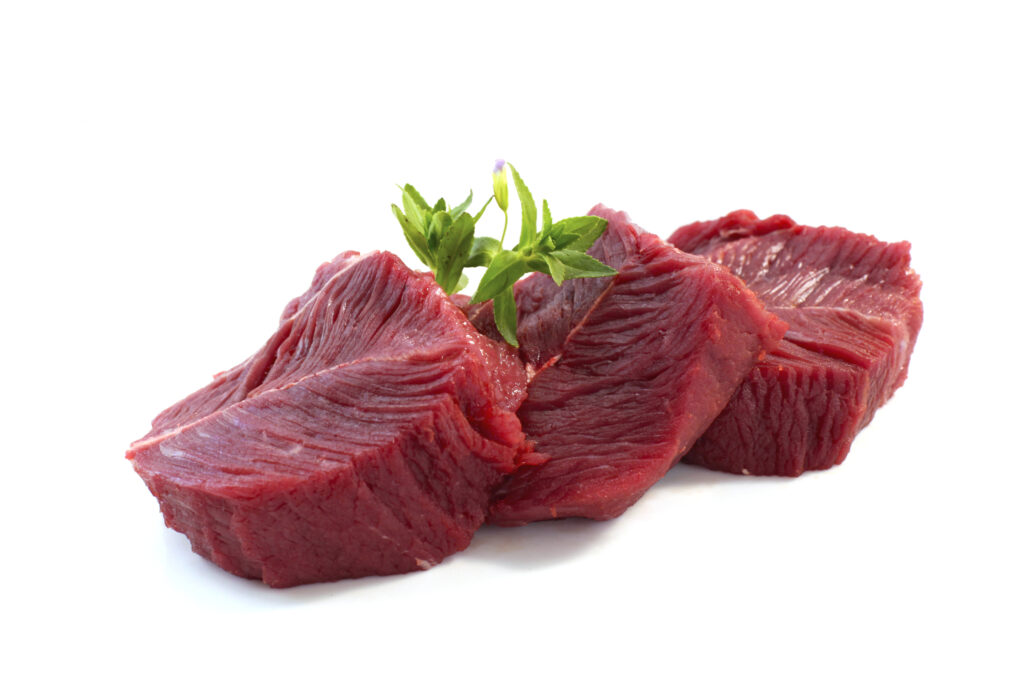
Emu, fan fillet has a Nutrivore Score of 733, making it a high nutrient-dense food! Plus, it is a low-carb and low-fat food; emu, fan fillet has 0 grams of net carbs and 0.8 grams of total fat per 3.5-ounce serving!
Per serving, emu, fan fillet is a best source (>50% daily value) of selenium, vitamin B5 (pantothenic acid), and vitamin B12 (cobalamin); an excellent source (20-50% daily value) of copper, coQ10, iron, protein, taurine, vitamin B1 (thiamin), vitamin B2 (riboflavin), vitamin B3 (niacin), vitamin B6 (pyridoxine), and zinc; and a good source (10-20% daily value) of magnesium, phosphorus, and vitamin B7 (biotin).
Ditch Diets. Embrace Nutrients. Start with this FREE Guide.
Sign up for the free Nutrivore Newsletter, your weekly, science-backed guide to improving health through nutrient-rich foods — without dieting harder —and get the Beginner’s Guide to Nutrivore delivered straight to your inbox!

Emu, Fan Fillet Nutrition Facts
One serving of emu, fan fillet is standardized to 100 grams (3.5 ounces). When you cook emu, it reduces in volume by approximately 35%: 100 grams of raw emu, fan fillet is equivalent to 67 grams of broiled emu, fan fillet.
Emu, Fan Fillet Nutrition Facts Per Serving
| Emu, fan fillet, raw | Nutrivore Score: 733 | Nutrient Density: High |
|---|---|---|
| Serving Size: 3.5 ounces (100 grams) | Protein: 22.5 grams | Net Carbohydrates: 0.0 grams |
| Calories: 103 | Total Fat: 0.8 grams | Dietary Fiber: 0.0 grams |

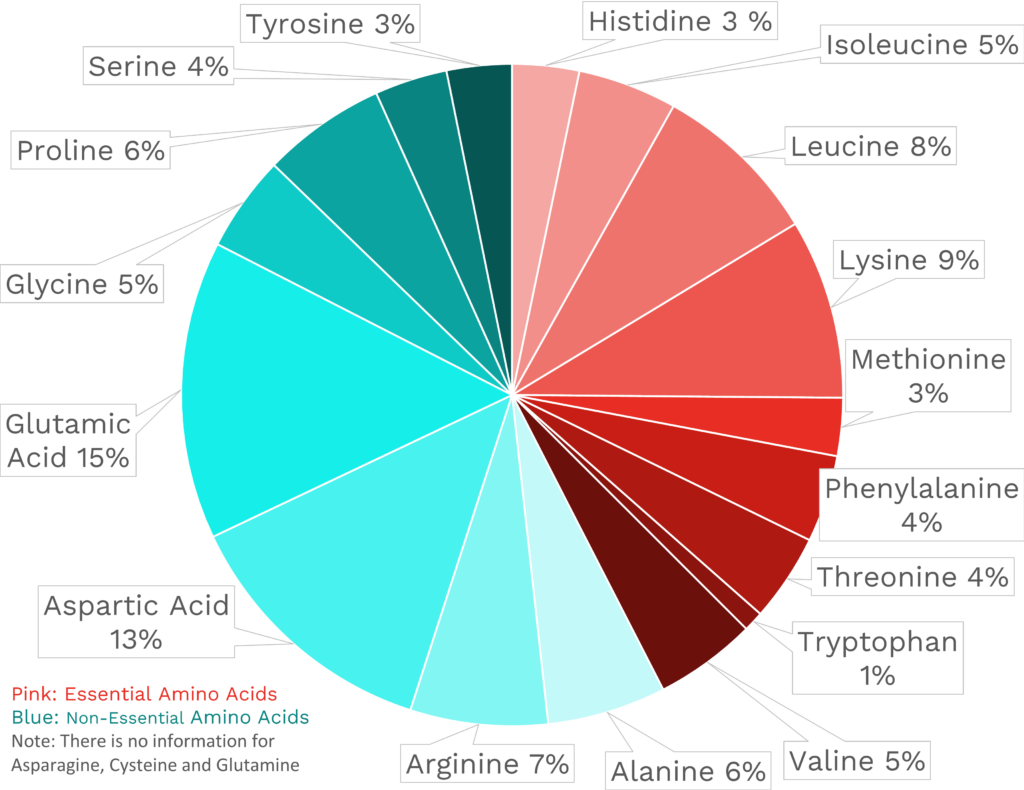
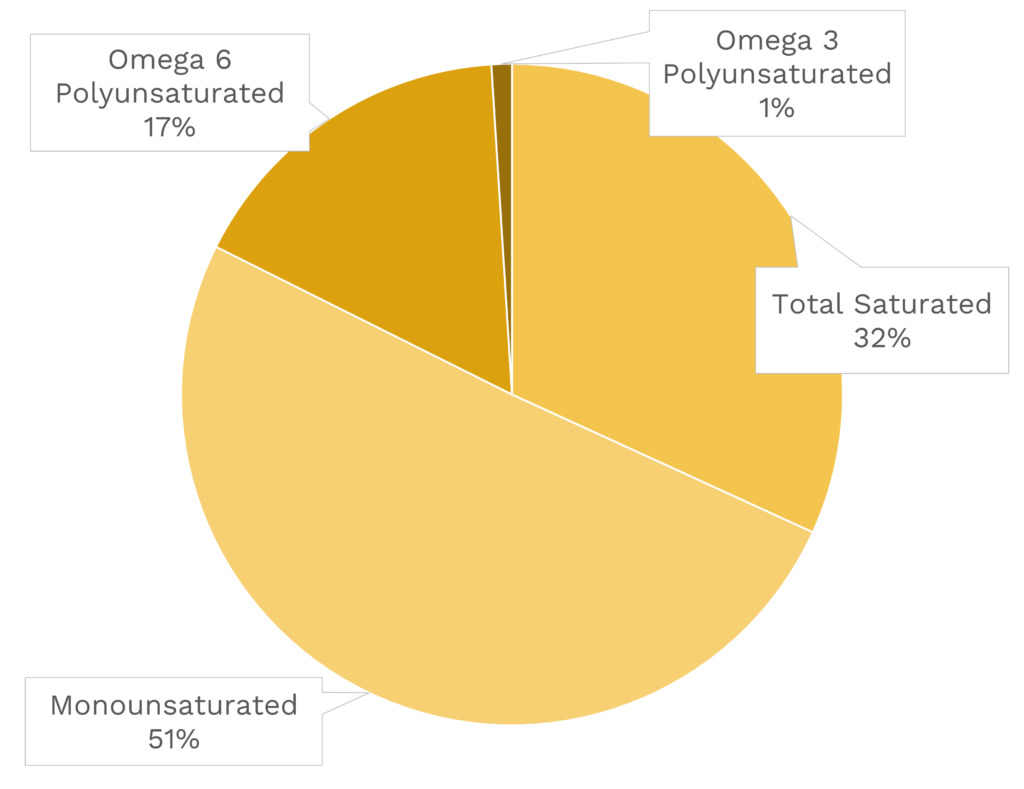
| VITAMINS | ||
|---|---|---|
| Vitamin A | 0.0 μg RAE | 0% DV |
| Vitamin B1 (Thiamin) | 267.0 μg | 22% DV |
| Vitamin B2 (Riboflavin) | 451.0 μg | 35% DV |
| Vitamin B3 (Niacin) | 7.4 mg | 46% DV |
| Vitamin B5 (Pantothenic Acid) | 2.7 mg | 54% DV |
| Vitamin B6 (Pyridoxine) | 634.0 μg | 37% DV |
| Vitamin B7 (Biotin) | 3.6 μg | 12% DV |
| Vitamin B9 (Folate) | 13.0 μg | 3% DV |
| Vitamin B12 (Cobalamin) | 6.7 μg | 278% DV |
| Vitamin C | 0.0 mg | 0% DV |
| Vitamin D (D2 + D3) | ~ | ~ |
| Vitamin E | 0.2 mg | 1% DV |
| Vitamin K | ~ | ~ |
| Choline | ~ | ~ |
| Myo-Inositol | 24.8 mg | ~ |
| CoQ10 | 2.5 mg | ~ |
| FUNCTIONAL FATS | ||
|---|---|---|
| MUFA | 0.3 g | 2% DV |
| ALA | 4.0 mg | 0% DV |
| EPA + DHA | ~ | ~ |
| CLA | 0.7 mg | ~ |
| Linoleic Acid | 0.1 g | 0% DV |
| MCT’s | 0.0 g | ~ |
| MINERALS | ||
|---|---|---|
| Calcium | 3.0 mg | 0% DV |
| Copper | 211.0 μg | 23% DV |
| Iodine | ~ | ~ |
| Iron | 4.5 mg | 25% DV |
| Magnesium | 42.0 mg | 10% DV |
| Manganese | 29.0 μg | 1% DV |
| Phosphorus | 236.0 mg | 19% DV |
| Potassium | 300.0 mg | 6% DV |
| Selenium | 32.5 μg | 59% DV |
| Sodium | 120.0 mg | 5% DV |
| Zinc | 3.5 mg | 32% DV |
| PHYTONUTRIENTS | ||
|---|---|---|
| Carotenoids | 0.0 μg | ~ |
| Polyphenols | 0.0 mg | ~ |
| Phytosterols | 0.0 mg | ~ |
| Glucosinolates | ~ | ~ |
| Thiosulfinates | ~ | ~ |
| Betalains | ~ | ~ |
| AMINO ACIDS & PEPTIDES | ||
|---|---|---|
| Taurine | 169.6 mg | ~ |
| Ergothioneine | 0.1 mg | ~ |

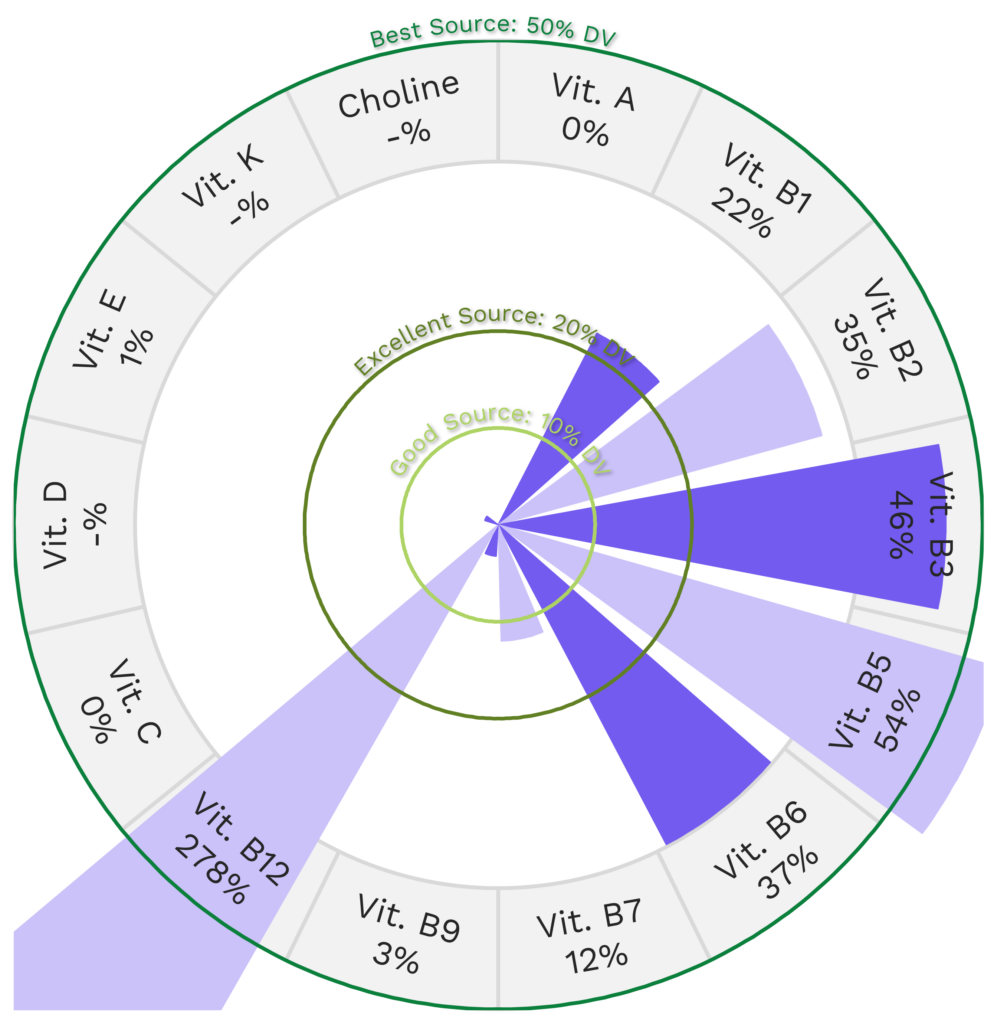

Emu Nutrition Varies With Cooking and Processing
The Nutrivore Score of emu meat differs based on method of preparation and processing. Within any animal, vitamin and mineral content vary muscle to muscle, which means nutrient density varies between cuts of meat. Butchering therefore has an impact on the Nutrivore Score of different cuts of emu meat. Not only does the portion of the animal being consumed affect the nutrient profile, but also important is the fat content.
| NUTRIVORE SCORE | |
|---|---|
| Emu, fan fillet, cooked, broiled | 6531 |
| Emu, fan fillet, raw | 7331 |
| Emu, flat fillet, raw | 6931 |
| Emu, full rump, cooked, broiled | 474 |
| Emu, full rump, raw | 529 |
| Emu, ground, cooked, pan-broiled | 581 |
| Emu, ground, raw | 568 |
| Emu, inside drum, cooked, broiled | 501 |
| Emu, inside drum, raw | 548 |
| Emu, outside drum, raw | 7481 |
| Emu, oyster, raw | 5611 |
Poultry Nutrition Varies With Type
In addition to mainstream domesticated fowl such as chicken and turkey, poultry includes many different types of birds. Not only does taste vary significantly depending on poultry type, so does the nutrient profile (and Nutrivore Score!).
| NUTRIVORE SCORE | |
|---|---|
| Chicken, meat and skin, raw | 205 |
| Duck, domesticated, meat and skin, raw | 111 |
| Duck, wild, meat and skin, raw | 201 |
| Emu, average | 626 |
| Goose, domesticated, meat and skin, raw | 149 |
| Guinea hen, meat and skin, raw | 2571 |
| Ostrich, average | 504 |
| Pheasant, meat and skin, raw | 246 |
| Pigeon (Squab), meat and skin, raw | 1801 |
| Quail, meat and skin, raw | 2971 |
| Turkey, meat and skin, raw | 299 |
Impressed by all the egg-cellent nutrition in emu? Maybe your friends will be too!
Health Benefits of Emu Nutrients
Let’s take a closer look at all of the best and excellent source of nutrients found in a 3.5-ounce serving of emu, fan fillet and see how they benefit our health.
Emu, Fan Fillet Provides 278% DV Vitamin B12 (Cobalamin)
Emu, fan fillet is a best source of vitamin B12 (cobalamin), providing 278% of the daily value per 3.5-ounce serving!

Vitamin B12 (cobalamin) is a water-soluble vitamin that serves as a cofactor for enzymes involved in energy metabolism, red blood cell production, DNA synthesis, neurotransmitter production, nervous system health, and folate metabolism. As a result of these roles, vitamin B12 is vital for maintaining brain and nervous system health, and may have a protective effect against dementia, Alzheimer’s disease, and depression. There’s also some evidence vitamin B12 may be cancer-protective, possibly through supporting folate metabolism (which then assists in repairing DNA damage). Learn more about vitamin B12 here.
Emu, Fan Fillet Provides 59% DV Selenium
Emu, fan fillet is also a best source of selenium, providing 59% of the daily value per 3.5-ounce serving!
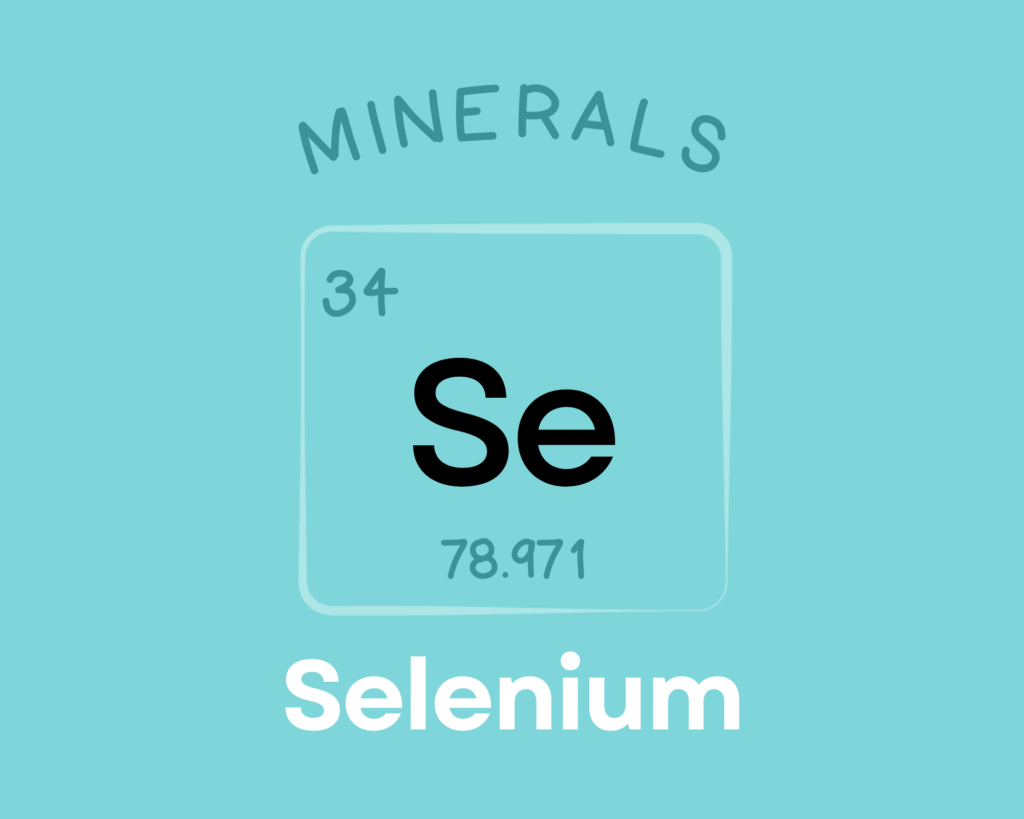
Selenium is a trace mineral needed by all mammals to sustain life. It serves as a component of the non-proteinogenic amino acids selenocysteine and selenomethionine, and also helps form over two dozen selenoproteins involved in reproduction, thyroid hormone metabolism, antioxidant defense, DNA synthesis, and immunity. Observational research suggests selenium could play a protective role against cancer, heart disease, asthma, and inflammatory bowel disease, although human trials have generally been lacking or contradictory. There’s also evidence that selenium can play a preventative role in asthma and inflammatory bowel disease, while also reducing mortality in patients with sepsis. Learn more about selenium here.
Emu, Fan Fillet Provides 54% DV Vitamin B5 (Pantothenic Acid)
Emu, fan fillet is a best source of vitamin B5 (pantothenic acid), providing 54% of the daily value per 3.5-ounce serving!

Pantothenic acid (or vitamin B5) is a water-soluble vitamin that serves as a cofactor for coenzyme A—which itself is critical for metabolizing many drugs and toxins, as well as forming derivatives (acetyl-CoA and succinyl-CoA) that participate in the synthesis of cholesterol, fatty acids, melatonin, the neurotransmitter acetylcholine, steroid hormones, heme, and vitamins A and D. Coenzyme A is also needed in the Krebs cycle, giving pantothenic acid a role in energy metabolism. Research suggests that a pantothenic acid derivative (pantethine) can help improve blood lipid profiles and reduce fatty streak formation and lipid deposition in the arteries, giving it a cardio-protective role. Additional research shows that panthothenic acid can accelerate wound healing, boost cellular production of the important antioxidant glutathione, and possibly help improve symptoms of rheumatoid arthritis. Learn more about vitamin B5 here.
Emu, Fan Fillet Provides 46% DV Vitamin B3 (Niacin)
Emu, fan fillet is an excellent source of vitamin B3 (niacin), providing 46% of the daily value per 3.5-ounce serving!
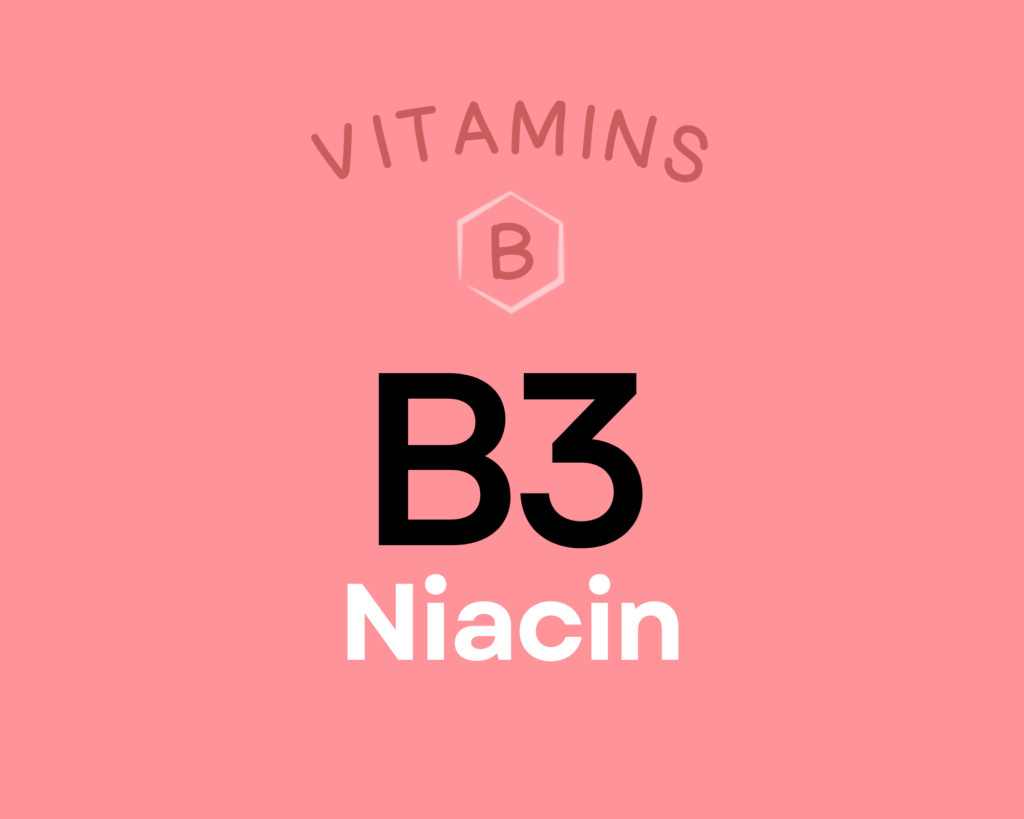
Niacin is a water-soluble B complex vitamin (vitamin B3) that’s needed to produce two very important coenzymes: nicotinamide adenine dinucleotide (NAD) and nicotinamide adenine dinucleotide phosphate (NADP). NAD and NADP are needed for over 400 enzymes involved in DNA repair, fatty acid synthesis, antioxidant systems, detoxification, and hormone synthesis, as well as the breakdown of fat, carbohydrate, protein, and alcohol. Niacin has therapeutic potential for cardiovascular disease and hyperlipidemia, and may also be protective against cancer and type 1 diabetes. Some research suggests it could benefit health outcomes for patients with HIV or schizophrenia as well. Learn more about niacin here.
Emu, Fan Fillet Provides 22.5 g of Protein
Emu, fan fillet is also an excellent source of protein, providing 22.5 g of protein per 3.5-ounce serving!
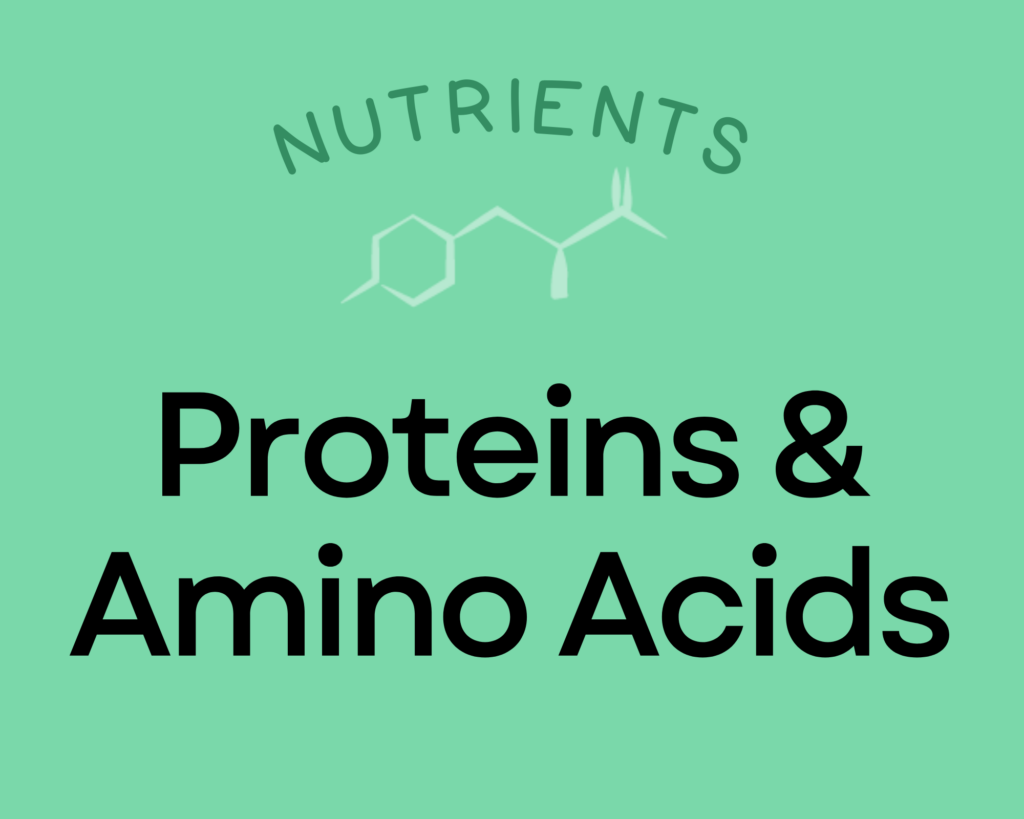
Proteins are the molecules that actually perform most of the various functions of life. In addition to being major structural components of cells and tissues, they have incredibly diverse roles from driving chemical reactions (e.g., enzymes) to signaling (e.g., some types of hormones) to transporting and storing nutrients. Dietary protein is necessary to supply the amino acid building blocks for all of the proteins in our bodies. The recommended daily allowance of protein is 0.36 grams per pound body weight (0.8 grams per kilogram of body weight). That amounts to 56 grams for a 150-pound person. However, it’s important to emphasize that this number is considered a minimum daily allotment, and there is no established upper limit. In fact, many studies have evaluated diets containing three to four times more protein than this minimum and proven benefits to weight management, body composition, hormone regulation, and cardiovascular health. These studies suggest that an optimal protein intake for most people is probably in the range of 1.2 to 1.8 grams per kilogram bodyweight (82 to 122 grams for that same 150-pound person), and that people who are very active may see the best results at even higher intake. Learn more about protein and amino acids here.
Emu, Fan Fillet Provides 2.5 mg of CoQ10
Emu, fan fillet is an excellent source of coQ10, providing 2.5 mg of coQ10 per 3.5-ounce serving!
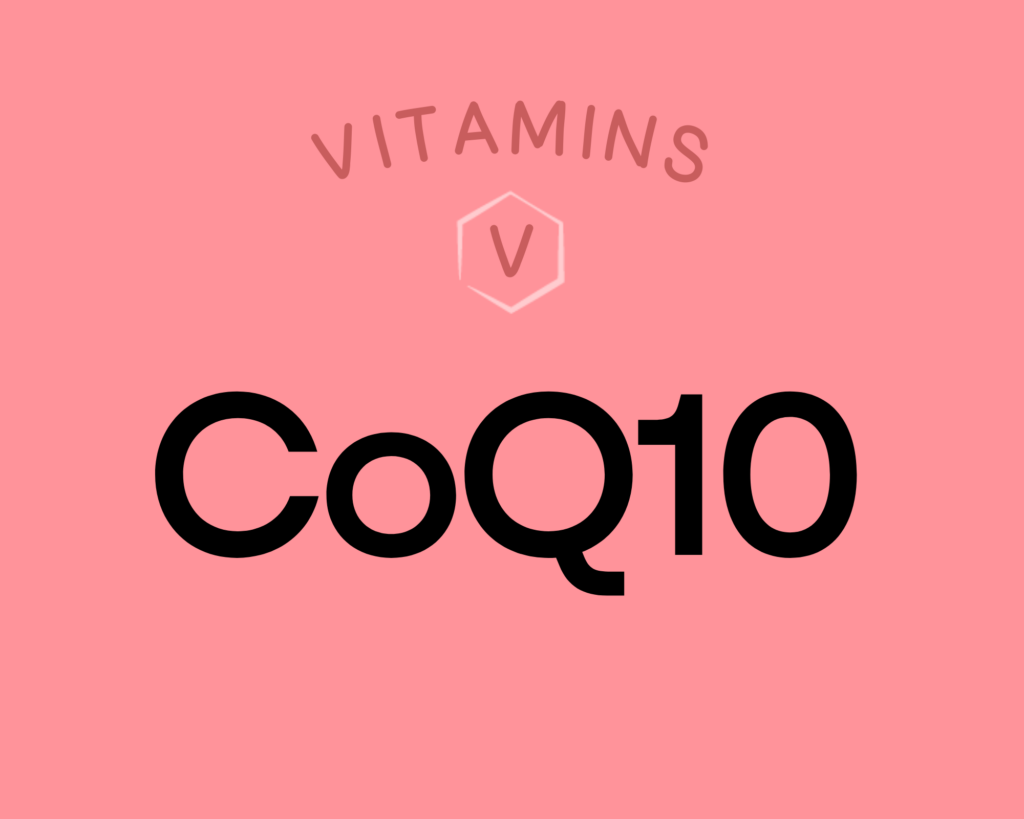
Ubiquinone is the oxidized form and ubiquinol is the reduced, more bioavailable form of the vitaminlike compound coenzyme Q10 (coQ10). CoQ10 is a potent antioxidant and a cofactor in the electron transport chain for the production of ATP. It may be helpful in treating or preventing heart and blood vessel conditions, diabetes, gum disease, muscular dystrophy, chronic fatigue syndrome, and breast cancer. Sources include beef, pork, mackerel, yellowtail fish, and chicken; it’s also found in smaller amounts in vegetables like broccoli and herbs like parsley. Learn more about coQ10 here.
Emu, Fan Fillet Provides 169.6 mg of Taurine
Emu, fan fillet is also an excellent source of taurine, providing 169.6 mg of taurine per 3.5-ounce serving!

Taurine is a non-proteinogenic amino sulfonic acid that supports neurological development, serves as a major component of bile (which helps to digest fats), and plays a role in water and mineral regulation within the blood (including through membrane stabilization and calcium signaling). Taurine also regulates the immune system and serves as an important antioxidant, and it plays a role in cardiovascular function and the development of skeletal muscle.
Emu, Fan Fillet Provides 37% DV Vitamin B6 (Pyridoxine)
Emu, fan fillet is an excellent source of vitamin B6 (pyridoxine), providing 37% of the daily value per 3.5-ounce serving!
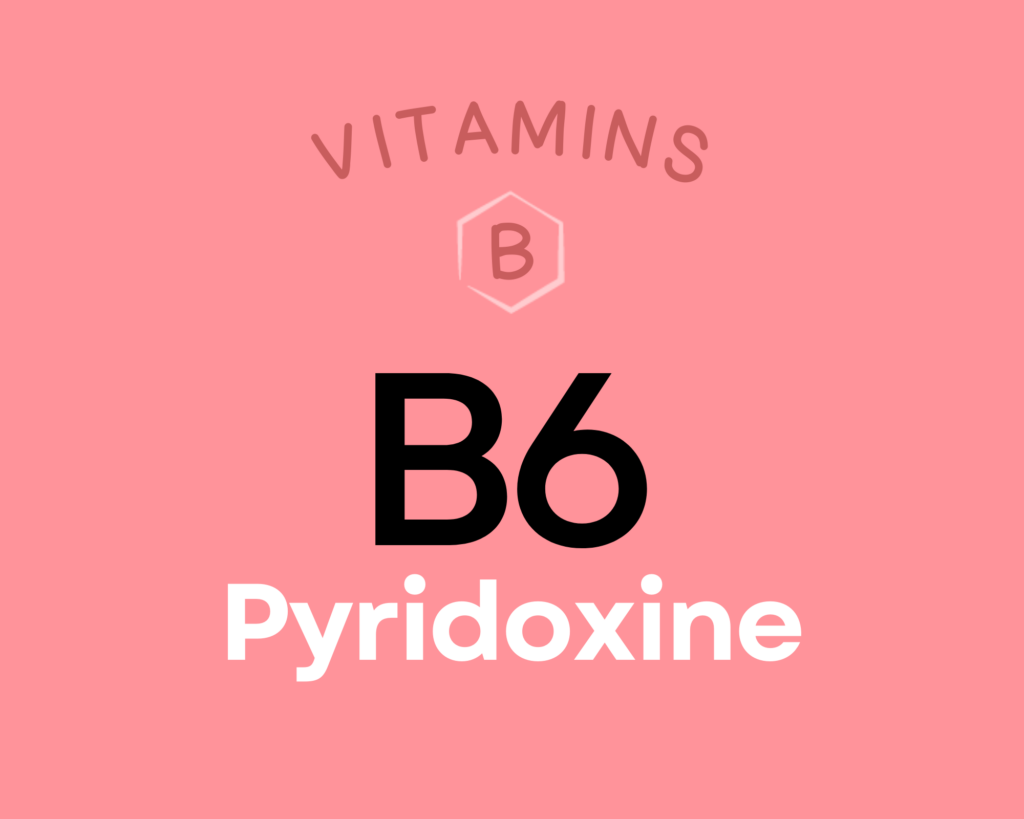
Vitamin B6 (pyridoxine) is a group of six water-soluble compounds with a similar chemical structure, all of which can be converted into their active form of pyridoxal 5’-phospate (PLP). Over 100 different enzymes require vitamin B6 in order to carry out their various functions in protein metabolism, fatty acid metabolism, neurotransmitter production, gluconeogenesis, hemoglobin synthesis, the release of glucose from glycogen, and energy metabolism (particularly the production of ATP in the Krebs cycle). Research suggests vitamin B6 may help protect against cardiovascular disease and certain cancers, could reduce the risk of depression among the elderly, and even reduce symptoms of morning sickness and PMS. Learn more about vitamin B6 here.
Emu, Fan Fillet Provides 35% DV Vitamin B2 (Riboflavin)
Emu, fan fillet is an excellent source of vitamin B2 (riboflavin), providing 35% of the daily value per 3.5-ounce serving!
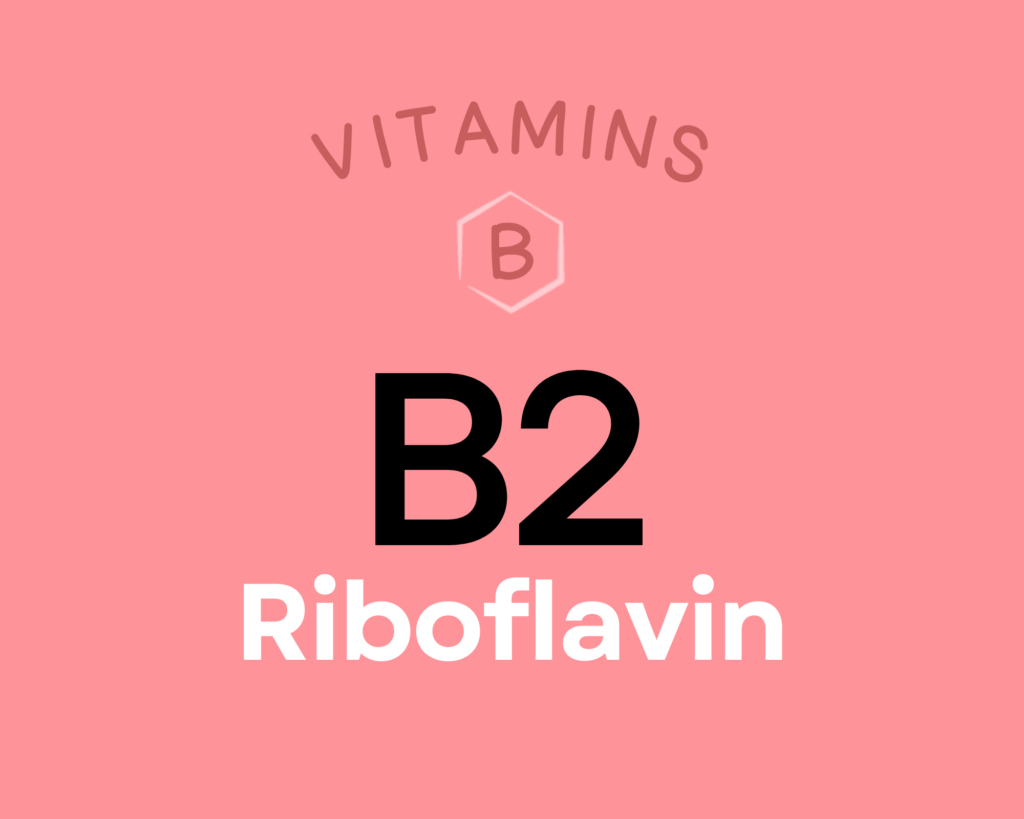
Riboflavin (or vitamin B2) is a vitamin that helps form two important coenzymes involved in oxidation-reduction reactions: flavin mononucleotide (FMN), and flavin adenine dinucleotide (FAD). Collectively, these coenzymes are involved in antibody production, energy production, growth and development, skin and hair health, and the metabolism of several other nutrients (vitamin B6, niacin, folate, and iron). Research suggests a role for riboflavin in preventing or treating migraine headaches, cardiovascular disease, cataracts, and preeclampsia during pregnancy. It also possesses some anti-cancer properties due to its involvement in folate metabolism and MTHFR activity. Learn more about vitamin B2 here.
Emu, Fan Fillet Provides 32% DV Zinc
Emu, fan fillet is an excellent source of zinc, providing 32% of the daily value per 3.5-ounce serving!
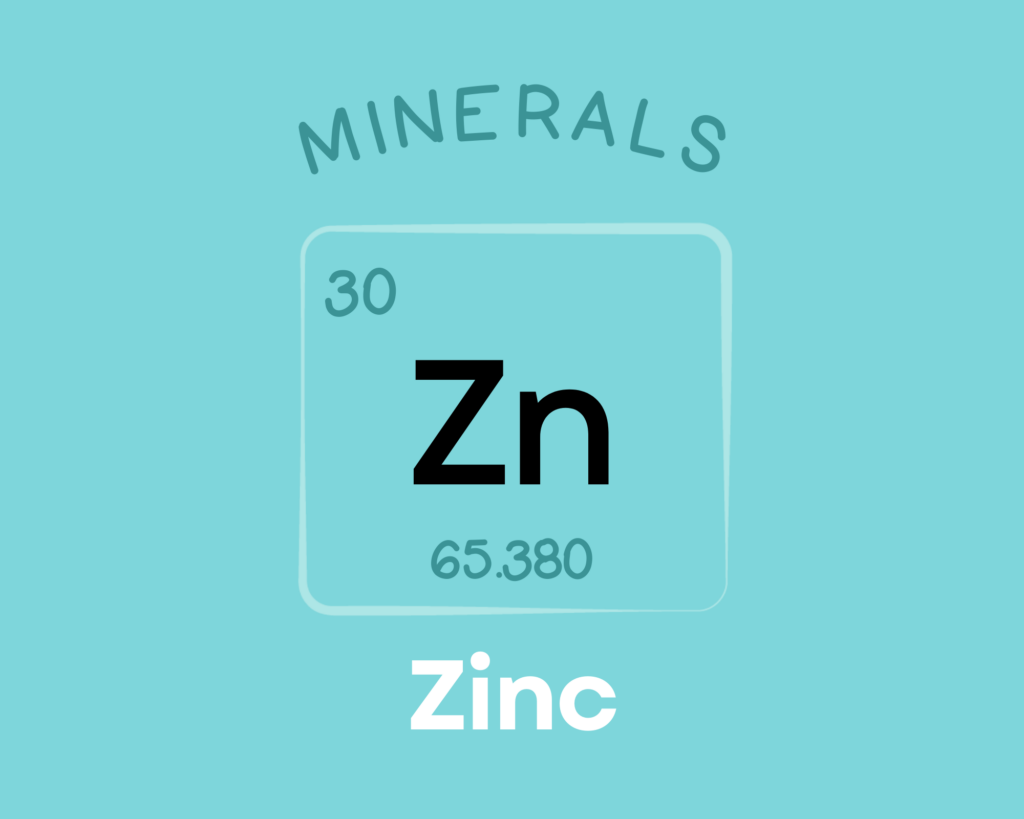
Zinc is an essential trace mineral that serves as a cofactor for over 300 enzymes and 1000 transcription factors, giving it important roles in immune function, sensory organ function, reproduction, gene regulation, DNA synthesis, wound healing, and the metabolism and activity of multiple other nutrients. Research shows it can reduce the duration of the common cold when taken shortly after the onset of illness, and can also benefit immune health in the elderly and among HIV/AIDS patients. Some studies also suggest a protective role of zinc in neurological conditions like Alzheimer’s disease and depression. Learn more about zinc here.
Emu, Fan Fillet Provides 25% DV Iron
Emu, fan fillet is an excellent source of iron, providing 25% of the daily value per 3.5-ounce serving!
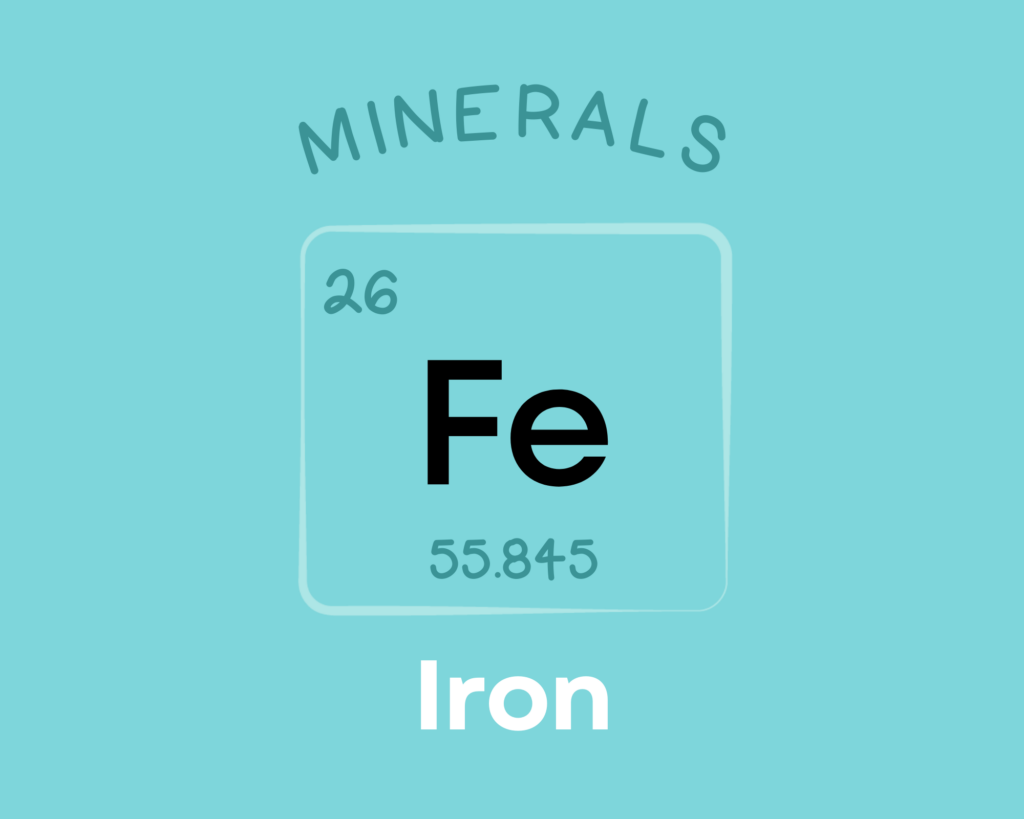
Iron is a mineral required for the metabolism of all living organisms. It’s needed for the function of numerous iron-dependent proteins involved in electron transport, energy metabolism, oxygen transport and storage, DNA replication and repair, free radical scavenging, and oxidative processes. It plays an important role in reproductive health, gestation, immunity, and central nervous system development. Learn more about iron here.
Emu, Fan Fillet Provides 23% DV Copper
Emu, fan fillet is an excellent source of copper, providing 23% of the daily value per 3.5-ounce serving!
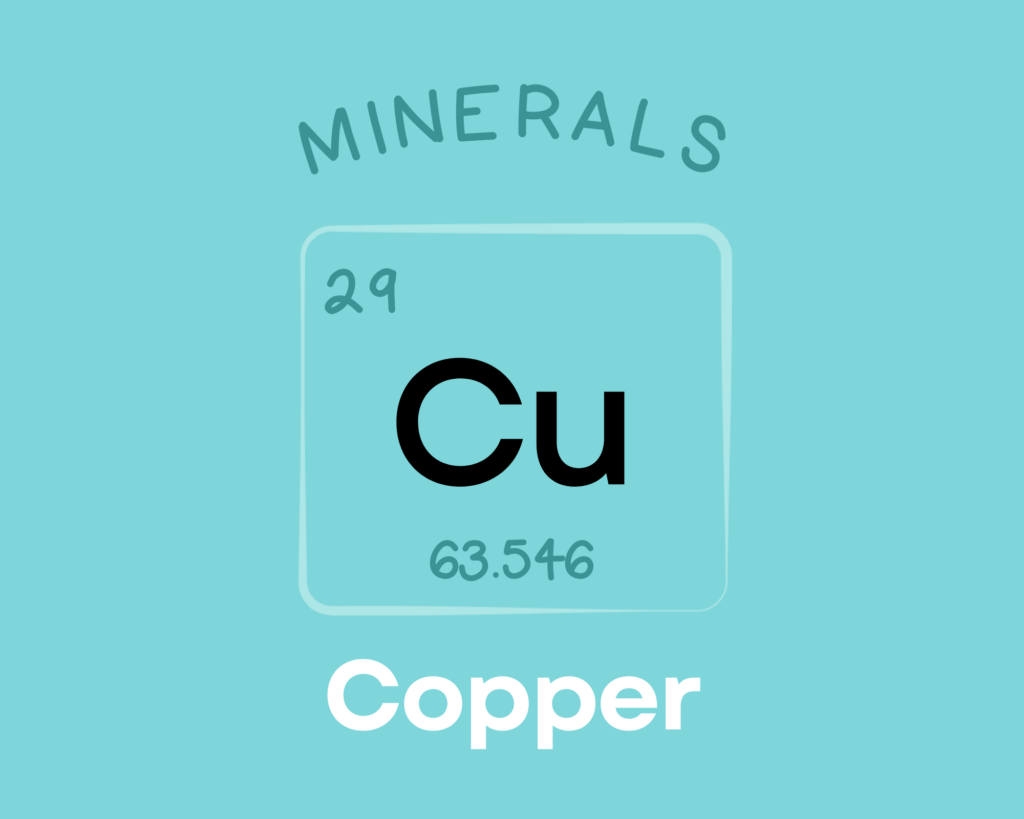
Copper is a trace mineral that’s essential for all living organisms. Copper serves as a component of numerous enzymes and proteins in the body, giving it diverse roles in the growth, development, and maintenance of various organs (including the heart and brain), bone, and connective tissue. Copper is also involved in glucose and cholesterol metabolism, helps regulate gene expression, can scavenge free radicals, and is needed for the production of red blood cells. Learn more about copper here.
Emu, Fan Fillet Provides 22% DV Vitamin B1 (Thiamin)
Emu, fan fillet is an excellent source of vitamin B1 (thiamin), providing 22% of the daily value per 3.5-ounce serving!
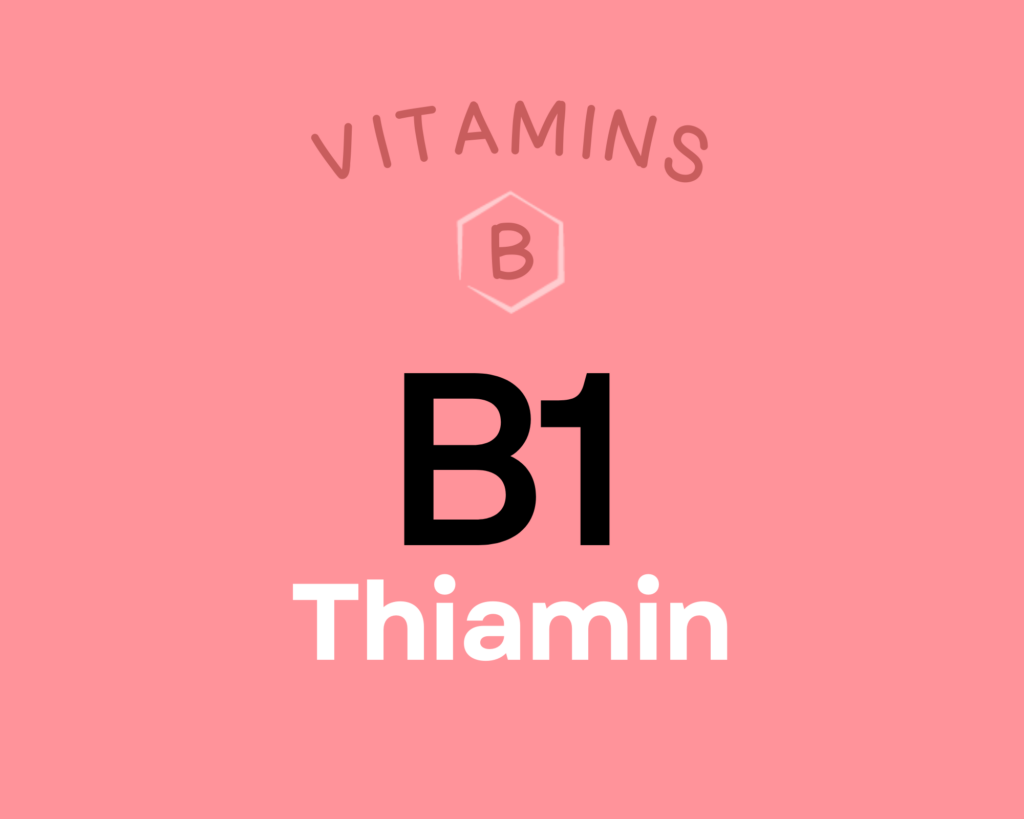
Thiamin (sometimes spelled thiamine, and also called vitamin B1) is a water-soluble vitamin. In its active form of thiamin pyrophosphate, it serves as a cofactor for a variety of enzymes involved in carbohydrate and amino acid metabolism, RNA and DNA production, and generating energy for the Krebs cycle. Research suggests vitamin B1 could help prevent blood sugar and insulin increases in people with disordered glucose metabolism, reduce the risk of cataracts, and improve health and mortality outcomes in patients with sepsis. Because aggressive tumors have high thiamin demands, it’s uncertain whether supplementing with thiamin while having cancer is beneficial due to preventing deficiency, or harmful due to providing more fuel for tumor growth. Insufficient thiamin may increase the risk of Alzheimer’s disease, and when chronic, leads to a deficiency disease called beriberi. Learn more about vitamin B1 here.
Learn What Foods Are the Best Sources of Every Nutrient

The Top 25 Foods for Every Nutrient
The Top 25 Foods for Every Nutrient e-book is a well-organized, easy-to-use, grocery store-friendly guide to help you choose foods that fit your needs of 43 important nutrients while creating a balanced nutrient-dense diet.
Get two “Top 25” food lists for each nutrient, plus you’ll find RDA charts for everyone, informative visuals, fun facts, serving sizes and the 58 foods that are Nutrient Super Stars!
Buy now for instant digital access.
How Much Emu Should We Eat Per Day?
Poultry, like emu, is one of the most concentrated food sources of easily-digested complete protein, in addition to being a good source of many other nutrients!
Proteins are the molecules that perform most of the various functions of life which is why protein deficiency is detrimental to all of the body’s organs and systems, including impacting function of the brain (especially in infants and young children), immune system, gut barrier, and kidneys. Dietary protein is necessary to supply the amino acid building blocks for all of the proteins in our bodies. Physical signs of protein deficiency include edema (swelling), poor musculature, dull skin, thin and fragile hair, and failure to thrive in infants and children.
The Accepted Macronutrient Distribution Ranges (AMDR) were established by the Food and Nutrition Board of the Institute of Medicine using evidence from interventional trials with support of epidemiological evidence that suggest a role in the prevention or increased risk of chronic diseases, and based on ensuring sufficient intake of essential nutrients. The AMDR for protein is 10% to 35% calories from protein.
The recommended daily allowance of protein is 0.36 grams per pound body weight (0.8 grams per kilogram of body weight). That amounts to 56 grams for a 150-pound person. However, it’s important to emphasize that this number is considered a minimum daily allotment, and there is no established upper limit. In fact, many studies have evaluated diets containing three to four times more protein than this minimum and proven benefits to weight management, body composition, hormone regulation, and cardiovascular health. These studies suggest that an optimal protein intake for most people is probably in the range of 1.2 to 1.8 grams per kilogram bodyweight (82 to 122 grams for that same 150-pound person), and that people who are very active may see the best results at even higher intake. Learn more about protein here.
Easily track your servings of Nutrivore Foundational Foods!

The Nutrivore Weekly Serving Matrix
The Nutrivore Weekly Serving Matrix digital resource is an easy-to-use and flexible weekly checklist designed to help you maximize nutrient-density and meet serving suggestions of Nutrivore foundational foods, all without having to weigh or measure your foods!
Includes a 22-page instructional guide and downloadable interactive guides.
Buy now for instant digital access.
cITATIONS
Expand to see all scientific references for this article.
Chin SF, Liu W, Storkson J, Ha Y, Pariza M. Dietary sources of conjugated dienoic isomers of linoleic acid, a newly recognized class of anticarcinogens. Journal of Food Composition and Analysis. 1992 Sept(5):185-197. DOI:10.1016/0889-1575(92)90037-K
Clements RS Jr, Darnell B. Myo-inositol content of common foods: development of a high-myo-inositol diet. Am J Clin Nutr. 1980 Sep;33(9):1954-67. doi: 10.1093/ajcn/33.9.1954. PMID: 7416064.
Ey J, Schömig E, Taubert D. Dietary sources and antioxidant effects of ergothioneine. J Agric Food Chem. 2007 Aug 8;55(16):6466-74. doi: 10.1021/jf071328f. Epub 2007 Jul 6. PMID: 17616140.
Kubo H, Fujii K, Kawabe T, Matsumoto S, Kishida H, Hosoe K. Food content of ubiquinol-10 and ubiquinone-10 in the Japanese diet. Journal of Food Composition and Analysis. 2008. Vol 21(3):199-210. https://doi.org/10.1016/j.jfca.2007.10.003.
USDA Food Central Database: Emu, fan fillet, raw
Watanabe T, Kioka M, Fukushima A, Morimoto M, Sawamura H. Biotin content table of select foods and biotin intake in Japanese. Int J Anal Bio-Sci. 2014. Vol 2(4):109-125.
Wójcik OP, Koenig KL, Zeleniuch-Jacquotte A, Costa M, Chen Y. The potential protective effects of taurine on coronary heart disease. Atherosclerosis. 2010 Jan;208(1):19-25. doi: 10.1016/j.atherosclerosis.2009.06.002. Epub 2009 Jun 11. PMID: 19592001; PMCID: PMC2813349.


